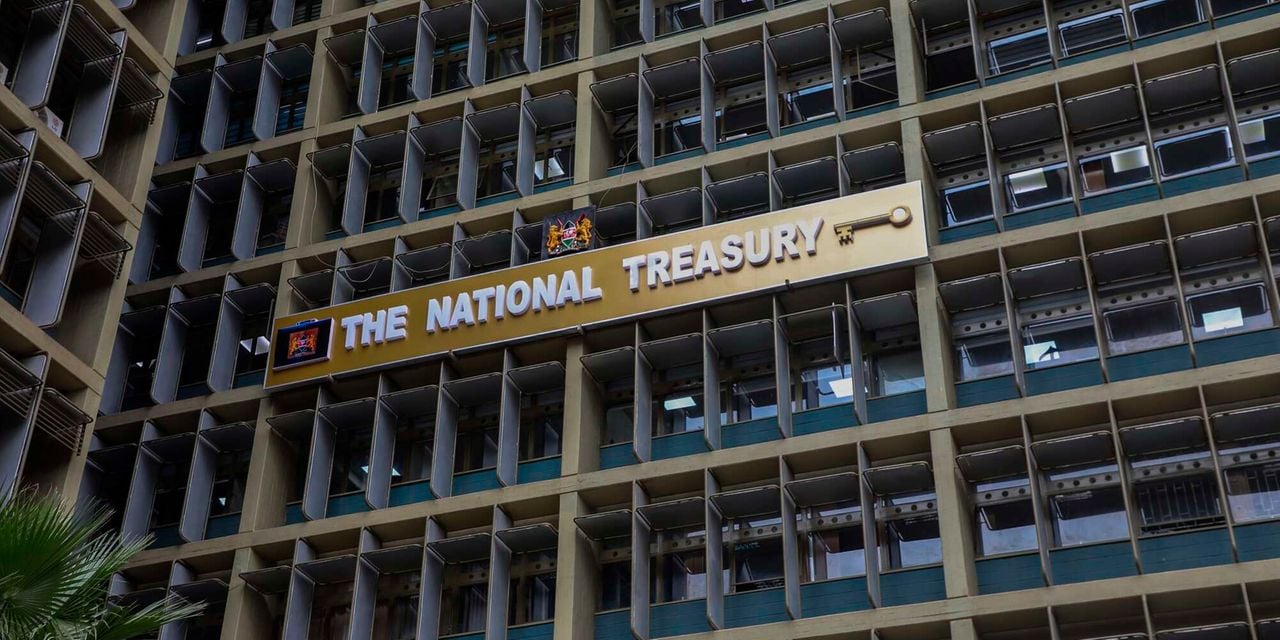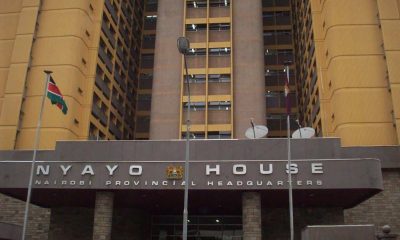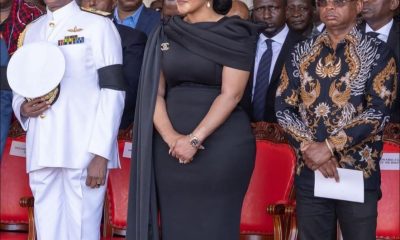Economy
Kenya Shifts Away From IMF Loans, Embraces World Bank Funding

Kenya has excluded International Monetary Fund (IMF) financing from its upcoming budget and four-year financial plan, opting instead to deepen its relationship with the World Bank.
Budget documents recently submitted to Parliament reveal that Kenya has allocated zero funding from the IMF for the fiscal years 2025/26 through 2028/29, marking a clean break from the Sh50.2 billion budgeted in the current financial year and the Sh135.1 billion received in 2023/24.
This strategic pivot comes after Kenya’s previous IMF program ended prematurely when the country failed to meet key conditions, including the restructuring of Kenya Airways and reforms to fuel levy management. The breakdown in the relationship cost Kenya approximately Sh110 billion in potential funding.
World Bank Steps In
As IMF funding dries up, Kenya is ramping up its reliance on the World Bank, projecting loans of Sh170.5 billion annually over the next four years—a significant increase from the current Sh129.8 billion.
“We expect to receive Sh97.08 billion from the World Bank before the end of June 2025,” Treasury Cabinet Secretary John Mbadi stated in a recent interview.
This funding is contingent upon Parliament adopting President William Ruto’s recommendations on the Conflict of Interest Bill, 2025, which aims to curb government corruption.
The shift toward World Bank financing offers Kenya some breathing room from the stringent conditions typically imposed by the IMF, which had demanded higher taxes, job freezes, and aggressive spending cuts in previous arrangements.
No New Major Taxes
In what appears to be a direct response to last year’s deadly protests, the government has proposed a budget with minimal new taxation measures.
“Looking at the Finance Bill this year, it is more on tax administration and trying to seal the loopholes while removing ambiguities and making tax collection efficient,” CS Mbadi explained.
“This could be a record year where we are not collecting much from tax measures. The estimate is in the region of Sh25 billion to Sh30 billion.”
The youth-led protests of June 2024, which resulted in over 50 deaths, forced President Ruto to abandon proposed tax hikes worth Sh346 billion and contributed to delays in IMF funding.
Debt Portfolio Shift
The World Bank now represents the largest share of Kenya’s multilateral debt, with loans totaling Sh1.52 trillion as of December 2024, compared to the IMF’s Sh420.5 billion.
Together, these two institutions account for nearly 39 percent of Kenya’s total external debt of Sh5 trillion.
Central Bank of Kenya Governor Kamau Thugge indicated that while the current budget excludes IMF funding, Kenya remains open to potential new programs with the Fund, contingent on presenting “a credible fiscal consolidation plan.”
Since the COVID-19 pandemic, both the World Bank and IMF have gained considerable influence over Kenya’s fiscal policies, as the country turned to these institutions for concessional loans when commercial markets became less accessible.
The shift represents a return to Kenya’s pre-COVID financing strategy, reminiscent of former President Mwai Kibaki’s administration, which largely avoided direct budget support from the IMF in favor of project-specific funding.
As Kenya navigates this transition in its financing strategy, the focus will be on whether the government can maintain fiscal discipline without the strict oversight of the IMF, while leveraging the relatively less stringent conditions attached to World Bank financing.
For ordinary Kenyans, the immediate impact is clear: no major new tax burdens in the coming fiscal year, a welcome respite after years of increasing financial pressure.
Kenya Insights allows guest blogging, if you want to be published on Kenya’s most authoritative and accurate blog, have an expose, news TIPS, story angles, human interest stories, drop us an email on [email protected] or via Telegram
-

 Investigations6 days ago
Investigations6 days agoVISA CARTEL EXPOSED: Community Leaders Demand Immediate Arrests as Immigration Boss Allegedly Boasts of Weekly Political Kickbacks
-

 Investigations7 days ago
Investigations7 days agoEXPOSED: The Visa Cartel Bleeding Kenyans Dry – How Immigration Boss Turned Government Office Into Personal Cash Cow
-

 Business2 weeks ago
Business2 weeks agoSafaricom’s Sh115 Trillion Data Breach Scandal: How Kenya’s Telecom Giant Sold Out 11.5 Million Customers
-

 Investigations4 days ago
Investigations4 days ago“I Contribute Sh4 Million Every Weekend”: Immigration Boss Evelyne Cheluget Exposed in Explosive Visa Cartel Scandal as Somali Community Delivers Damning Evidence to Authorities
-

 Investigations1 week ago
Investigations1 week agoDEATH TRAPS IN THE SKY: Inside the Sordid World of West Rift Aviation’s Deadly Corruption Cartel
-

 Business2 weeks ago
Business2 weeks agoWhy Kenyan Investors Should Pay Attention to the U.S. Stock Market (US30 Index)
-

 News2 weeks ago
News2 weeks agoPHOTOS: Elizabeth Macheka, Tsvangirai’s Widow Is Turning Heads in Kenya After Attending Raila’s Burial
-

 Grapevine1 week ago
Grapevine1 week agoEX–YOUTH FUND BOSS GOR SEMELANG’O JAILED IN DUBAI OVER MONEY LAUNDERING LINKS















